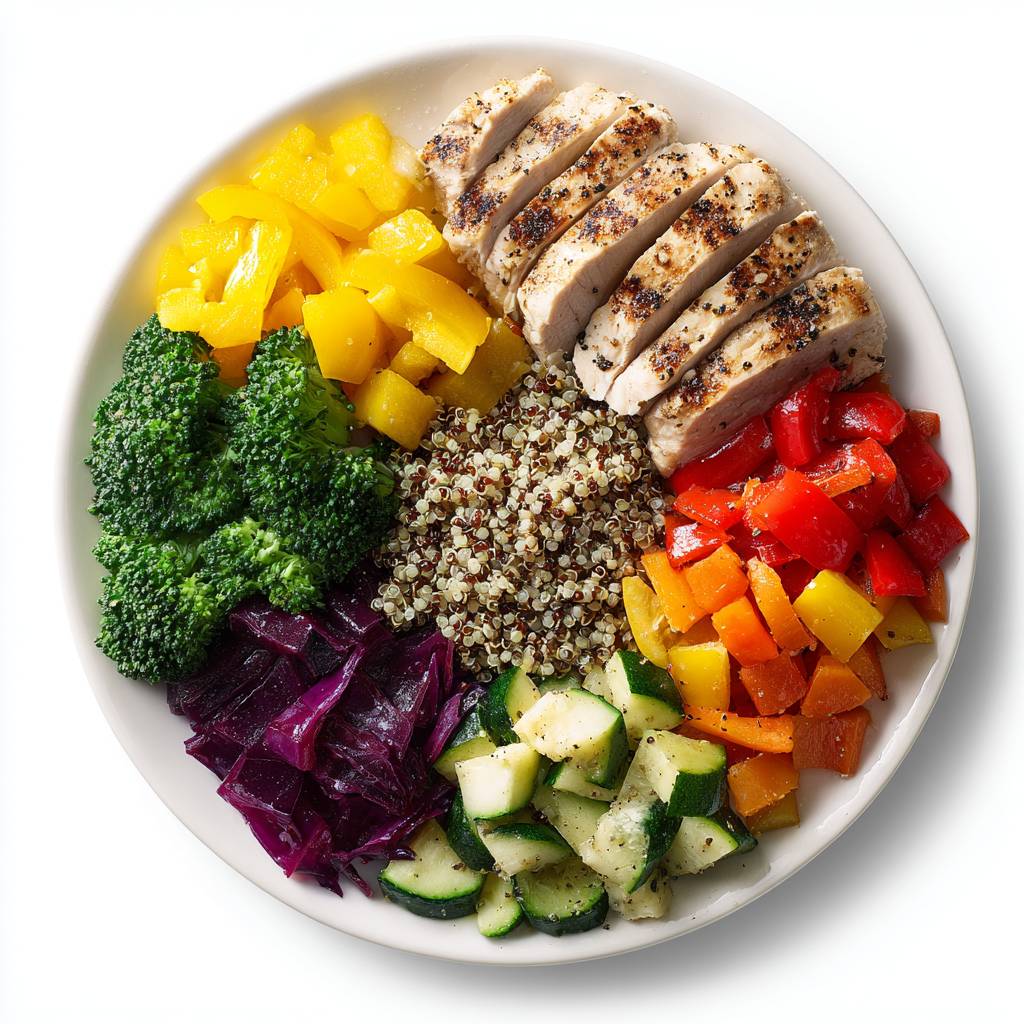Calorie Deficit Proven Weight Loss Hacks

Rethinking Weight Loss
For years, the common message has been that weight loss equals strict dieting and starvation. While slashing calories drastically may seem like a quick fix, it often leads to exhaustion, cravings, and inevitable weight regain. The truth is that sustainable weight loss doesn’t require starving yourself. Instead, it’s about creating a calorie deficit in smarter, healthier ways.
In this article, you’ll learn proven weight loss hacks that help you eat well, feel energized, and steadily shed pounds without falling into the trap of fad diets.
Understanding Calorie Deficit
What Is a Calorie Deficit?
A calorie deficit happens when you consume fewer calories than your body burns in a day. This gap forces your body to use stored fat for energy, leading to weight loss.
Calories in: What you eat and drink.
Calories out: Energy burned through metabolism, exercise, and daily activities.
How Much Deficit Do You Need?
A moderate deficit of 300–500 calories per day is ideal for sustainable fat loss.
Going beyond 800–1,000 calories in restriction is counterproductive, often slowing metabolism and triggering overeating later.
Example:
If you maintain weight at 2,200 calories, aim for 1,700–1,900 daily to see steady, long-term results.
Signs You’re Doing It Right
Consistent, gradual weight loss (1–2 pounds per week).
Steady energy levels throughout the day.
Reduced cravings because you’re not depriving yourself.
Nutrition Hacks to Cut Calories Painlessly
Swap, Don’t Eliminate
The key to reducing calories is smart substitution, not complete elimination.
Replace soda with sparkling water + lime.
Choose whole-grain bread instead of white bread.
Swap creamy dressings with vinaigrettes.
Enjoy Greek yogurt with berries instead of ice cream.
These swaps reduce hundreds of calories without you noticing.
Volume Eating
Fill your plate with high-volume, low-calorie foods that keep you satisfied.
Leafy greens, cucumbers, and zucchini.
Broth-based soups instead of cream-based ones.
Popcorn (air-popped) instead of chips.
By eating more food with fewer calories, you’ll feel full while staying in a deficit.
Smart Portion Control
Use smaller plates to reduce serving sizes.
Portion snacks into bowls rather than eating from the bag.
Follow the “half plate rule”: fill half your plate with vegetables, one-quarter with lean protein, and one-quarter with healthy carbs.
Lifestyle and Activity-Based Calorie Burn
Increase NEAT (Non-Exercise Activity Thermogenesis)
NEAT is the energy you burn outside of structured workouts. Small actions add up:
Take the stairs instead of the elevator.
Walk during phone calls.
Stand or use a standing desk while working.
Do short “movement breaks” every 30 minutes.
These habits can burn an extra 200–500 calories daily.
Strength Training and Cardio Combo
Strength training builds lean muscle, which boosts resting metabolism.
Cardio workouts (like brisk walking, cycling, HIIT) efficiently burn calories in shorter bursts.
A weekly mix of both keeps your body burning calories even at rest.
Everyday Calorie Burn Tricks
Turn chores into workouts: vacuuming, gardening, and scrubbing floors can burn 200–300 calories per hour.
Dancing while cooking or doing housework keeps calorie burn fun and natural.
Mindset and Habit Shifts
Focus on Progress, Not Perfection
Weight loss is not linear. Embrace small wins like choosing water over soda, or walking an extra 10 minutes daily.
Track progress with measurements, not just the scale.
Celebrate non-scale victories like better sleep, improved energy, or looser-fitting clothes.
Manage Stress and Sleep
Stress often leads to emotional eating. Try meditation, yoga, or journaling.
Sleep deprivation disrupts hormones (ghrelin and leptin) that control hunger, making it harder to maintain a deficit.
Aim for 7–9 hours of sleep each night to balance hormones and reduce cravings.
Accountability Systems
Use food tracking apps like MyFitnessPal or Cronometer.
Journal daily habits for awareness.
Partner with a workout buddy or nutrition coach for motivation.
Conclusion and Next Steps
Key Takeaways
You don’t need to starve yourself to lose weight.
A calorie deficit can be created through smart food swaps, portion control, active living, and sustainable habits.
The focus should be on long-term consistency, not crash dieting.
Call to Action
Start small:
Replace one high-calorie snack with a healthier option.
Add an extra 10 minutes of walking to your day.
Track your meals for one week to become more aware of your intake.
Remember: Sustainable weight loss is not about suffering—it’s about making smarter, healthier choices that last.
FAQs – Create a Calorie Deficit Without Starving Yourself
Q1: Can I lose weight without counting calories?
Yes. By focusing on portion sizes, nutrient-dense foods, and mindful eating, you can naturally create a deficit without strict counting.
Q2: Is exercise necessary for a calorie deficit?
No, but it accelerates fat loss. A calorie deficit can be created through diet alone, but combining it with exercise yields faster results.
Q3: How quickly will I see results?
Most people notice changes in 2–4 weeks with consistency. Sustainable loss is about 1–2 pounds per week.
Q4: What if I feel hungry all the time?
Add more high-fiber vegetables, lean proteins, and water. Often, hunger is thirst or lack of nutrients, not lack of calories.
Q5: Are cheat meals okay?
Yes. One higher-calorie meal per week won’t ruin progress if the majority of your days stay within your deficit.











